Beautiful one day, logged the next
One day’s notice. That’s all Neil, whose property borders a forest in Tasmania’s Huon valley, was given before heavy machinery moved in, the sound of chainsaws rang out and wildlife began to flee for their lives.

Yvonne is a fourth-generation farmer in Queensland’s Southern Downs, sustainably producing grass-fed beef and regenerating the land. When the state government granted a five-year mining exploration permit on her property earlier this year, she was the last to know. Now, she’s in a fight for her future.
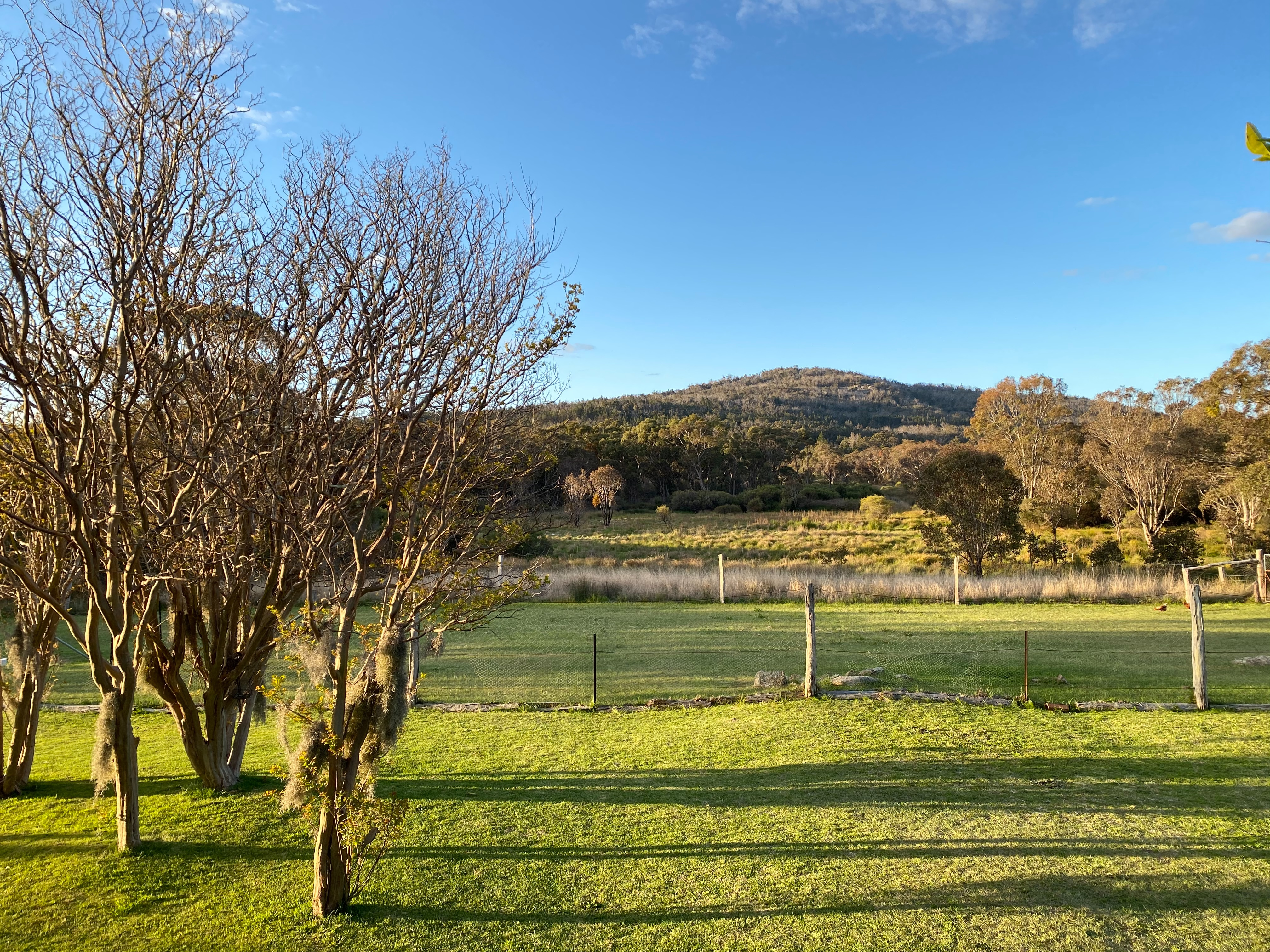
For former university librarian Yvonne, her family’s rural property Woodlands is her “serenity”.
“After rain, I can hear the water rushing down from the mountain, merging into the creeks and tributaries that meet here. The force of the flow has an unbridled energy. The wind here can blow you away some days with its strength, and the night is so dark and stars so bright, you can see the Milky Way stretching out across the sky. It’s wonderful to witness.”
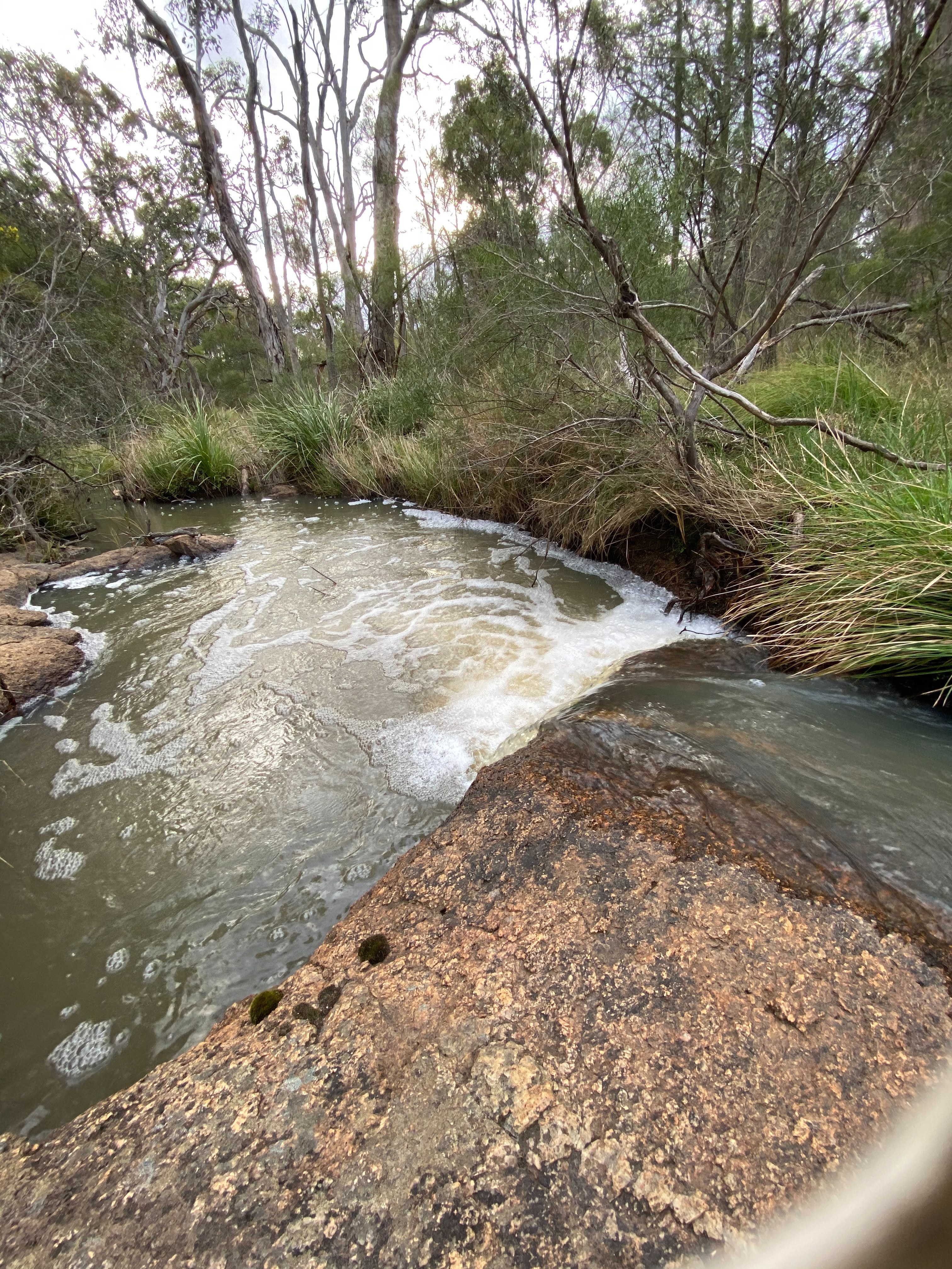
Situated north-west of Stanthorpe on the traditional lands of the Kambuwal people, Woodlands is at the precious headwaters of the Murray-Darling system, and surrounded by national park.
Each day, Yvonne wakes to a glorious view of Mt Magnus, with its untamed bushland and large granite rocks. The air is unbelievably fresh, being 900 metres above sea level, and the winters frosty—with temperatures sometimes dipping as low as minus seven. Spring brings the delights of wattle and tea-trees flowering, creating a blanket of colour and providing food for the native bees.
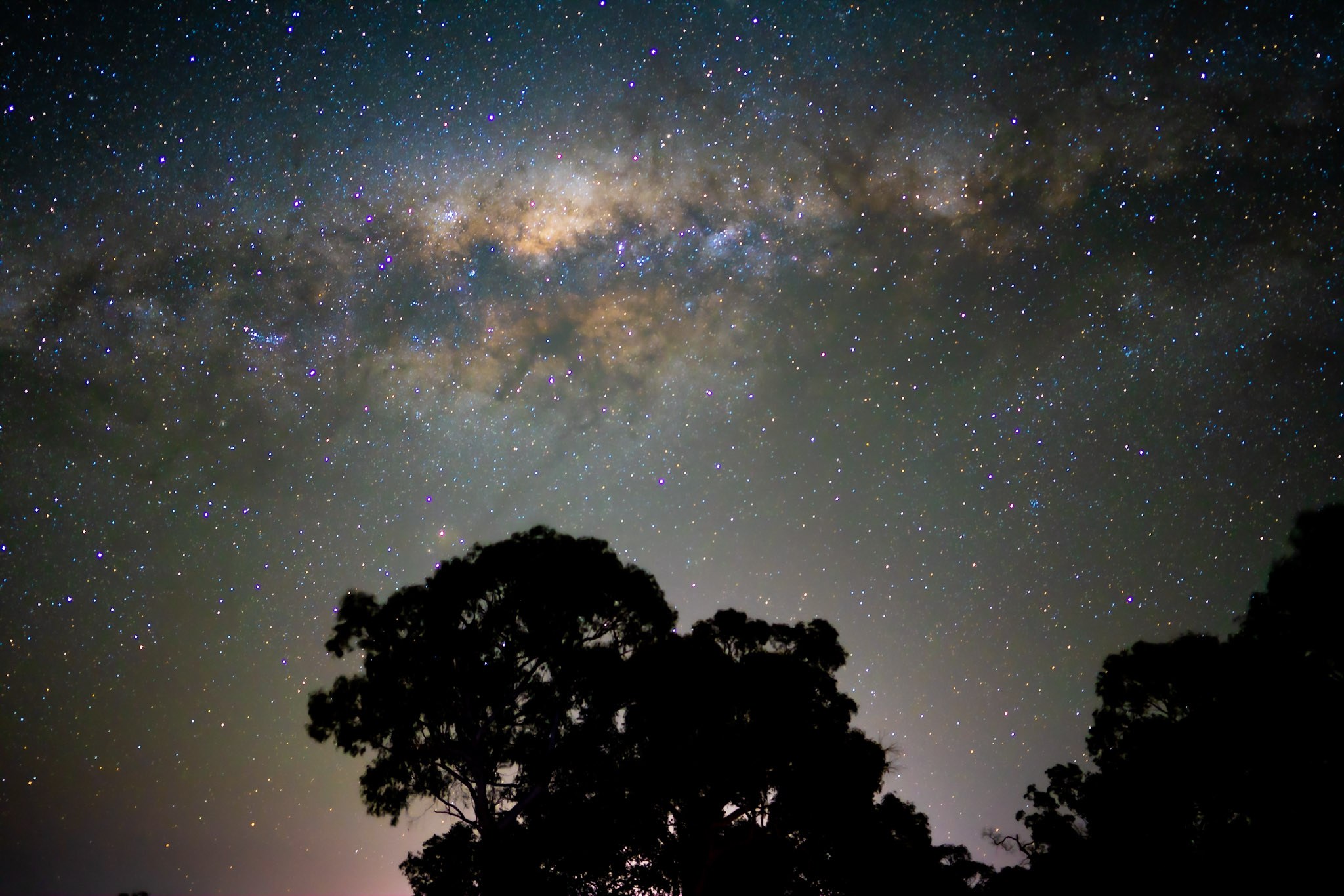
It’s a popular site for other wildlife too. A range of bird calls echo through the valley, day and night—king parrots squawk in trees, while black cockatoos fly overhead looking for food. Swamp wallabies and whiptail wallabies come close to the house in the afternoon to feed on the short grass. There are at least five different species of shy wallaby that breed here, rare frogs, possibly quolls (survey underway) and koalas too.
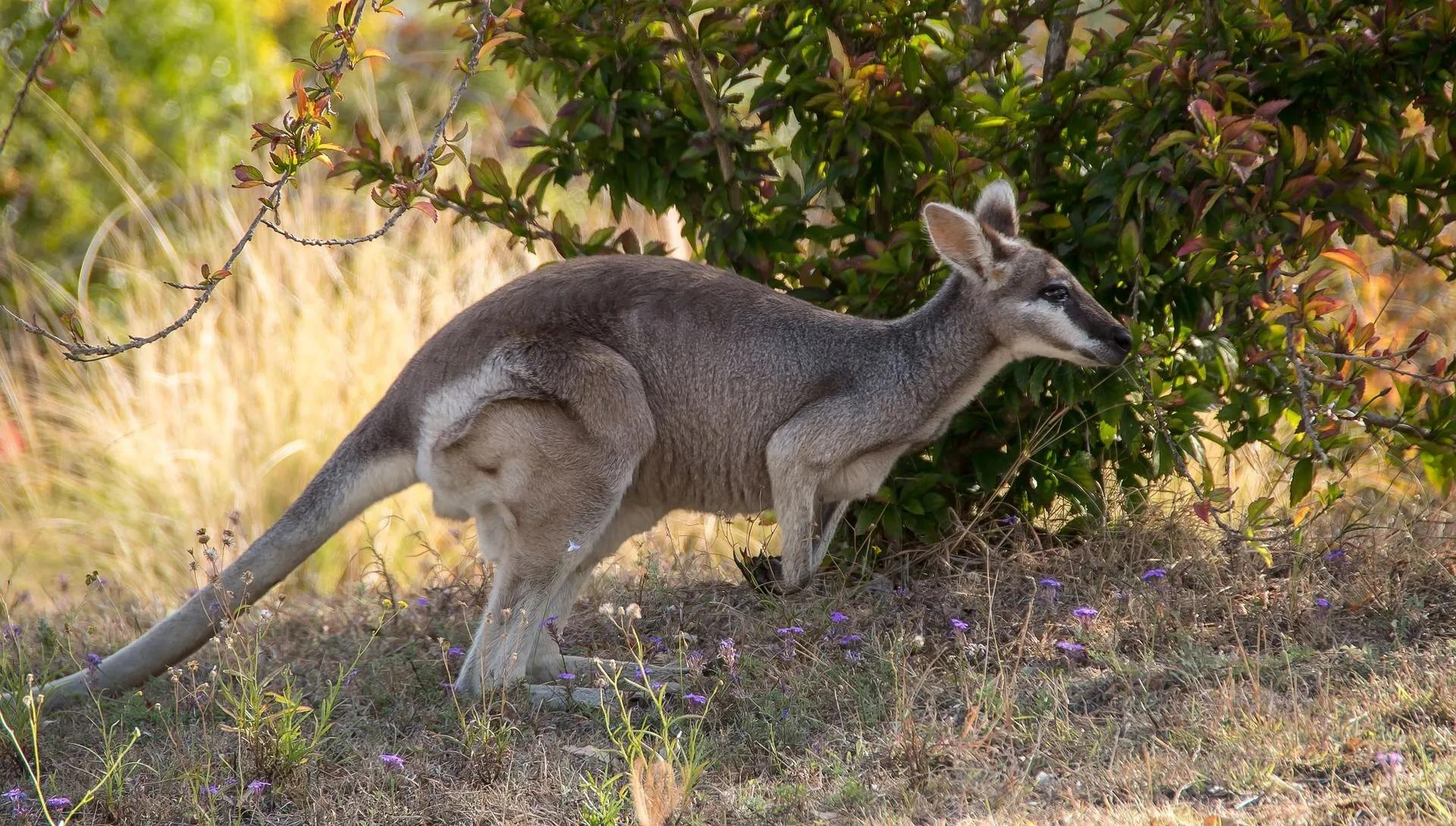
Yvonne took over the running of the 400-acre rural property in 2015, following her family's values of respecting the land and treading lightly on the earth.
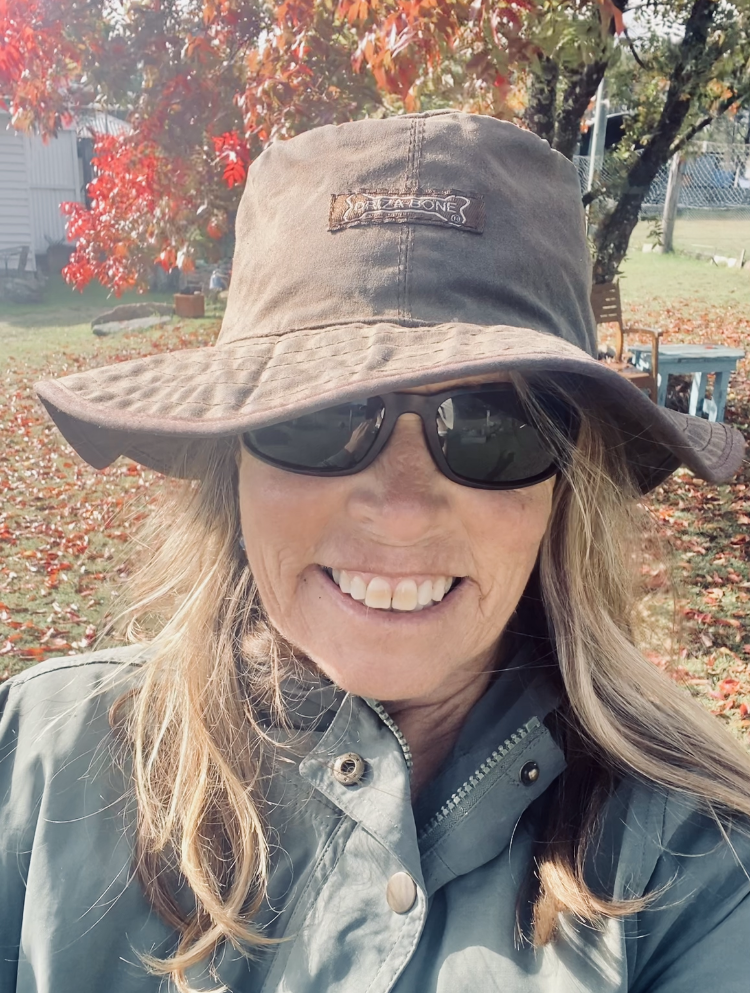
“Woodlands has been farmed sustainably with a respect for the natural world for over a hundred years. My ancestors preserved the remnant forest, and this has encouraged native flora and fauna to thrive. Now it provides a healthy corridor for some amazing endangered and threatened species, while producing top quality grass-fed beef.”
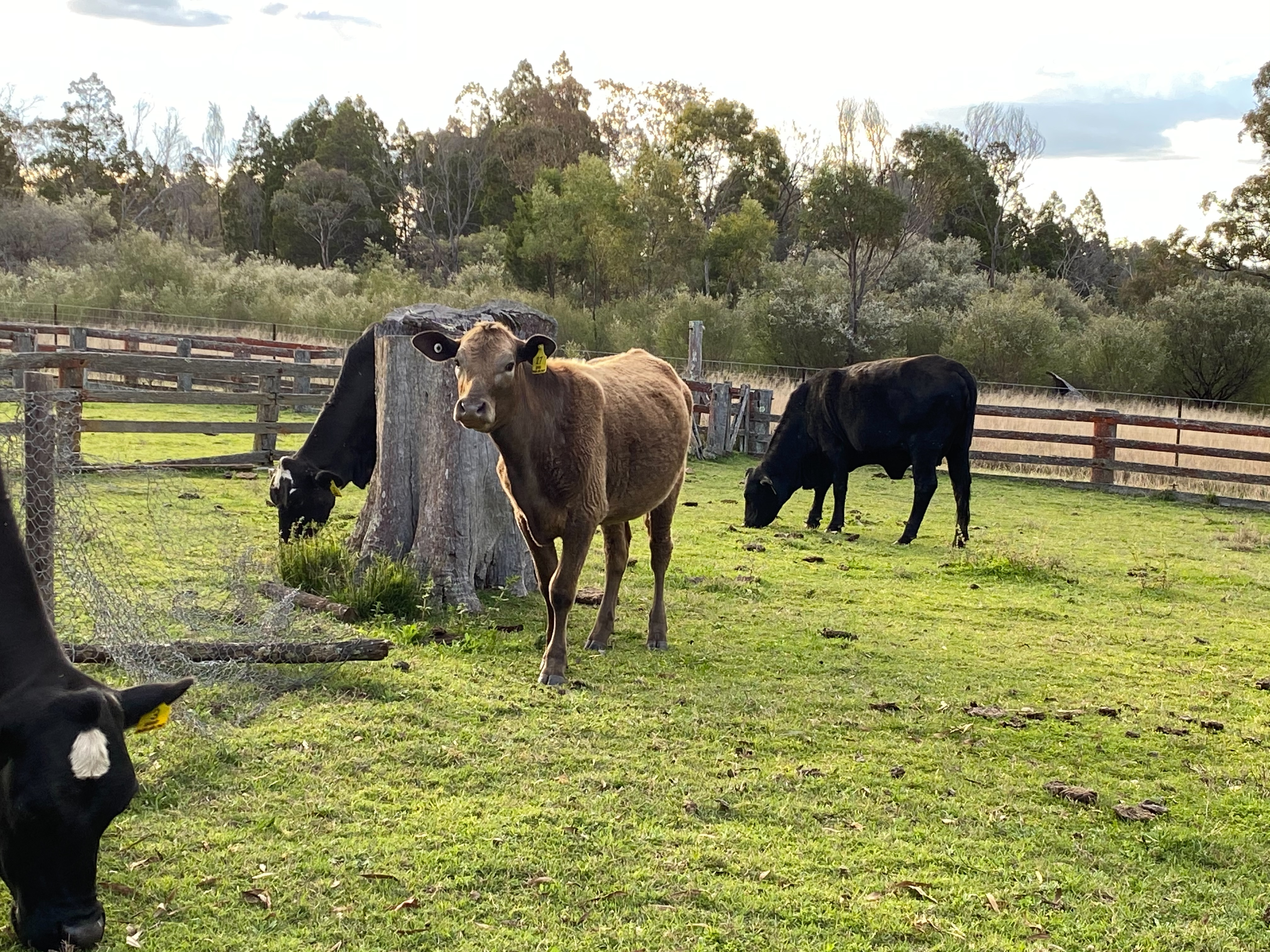
But one day back in March, her peaceful, idyllic lifestyle was upended. A letter arrived out of the blue: it was from an unknown company advising her about a five-year mining permit on her property, granted to it by the Queensland government for the exploration of tin and rare earth metals. Yvonne had only 10 days notice before she was meant to negotiate an access agreement.
“How come I was the last person to know about this? It was gut-wrenching. I was in shock for days. I felt like the carpet had been pulled out from underneath me, and that the past, present, and future connection of my family to this place was facing a real, impenetrable threat. I felt like I had no rights in the situation.”
Yvonne looked up the company online, and discovered it was only registered for around 12 months and its prospectus was an empty shell—none of the links worked. The correspondence she’d received had no letterhead and was poorly worded, containing grammatical errors. This all raised serious questions for Yvonne about the legitimacy of the operation.
Luckily for Yvonne, her property is boggy and soaked from recent rain, with the creek crossing flooded—making it impossible to access at the moment, and buying her some time.
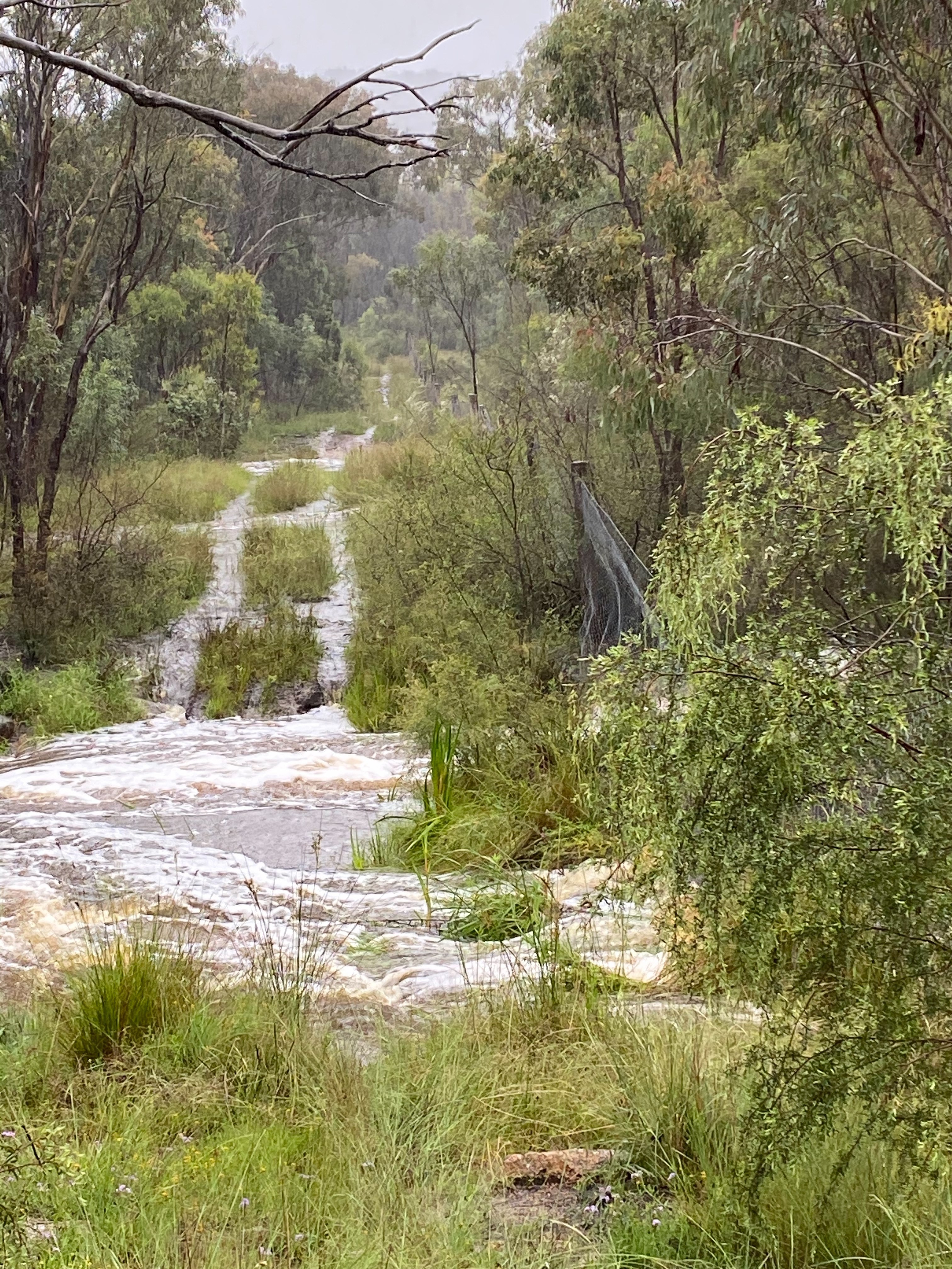
Contractors entering her property presents unacceptable risks for Yvonne: to biosecurity, the security of her gates, the possible introduction of weeds, as well as wear and tear on the tracks and stress on the livestock... And then there’s the potential exploratory drilling.
But when Yvonne spoke to the Mines Department, she was told she had to accept that this was the process, and the government owns what’s under her land.
“To the Queensland government, a property like Woodlands is reduced to a lot number on a plan on a computer screen, as if it were a vacant block without ecological, agricultural or historical value.”
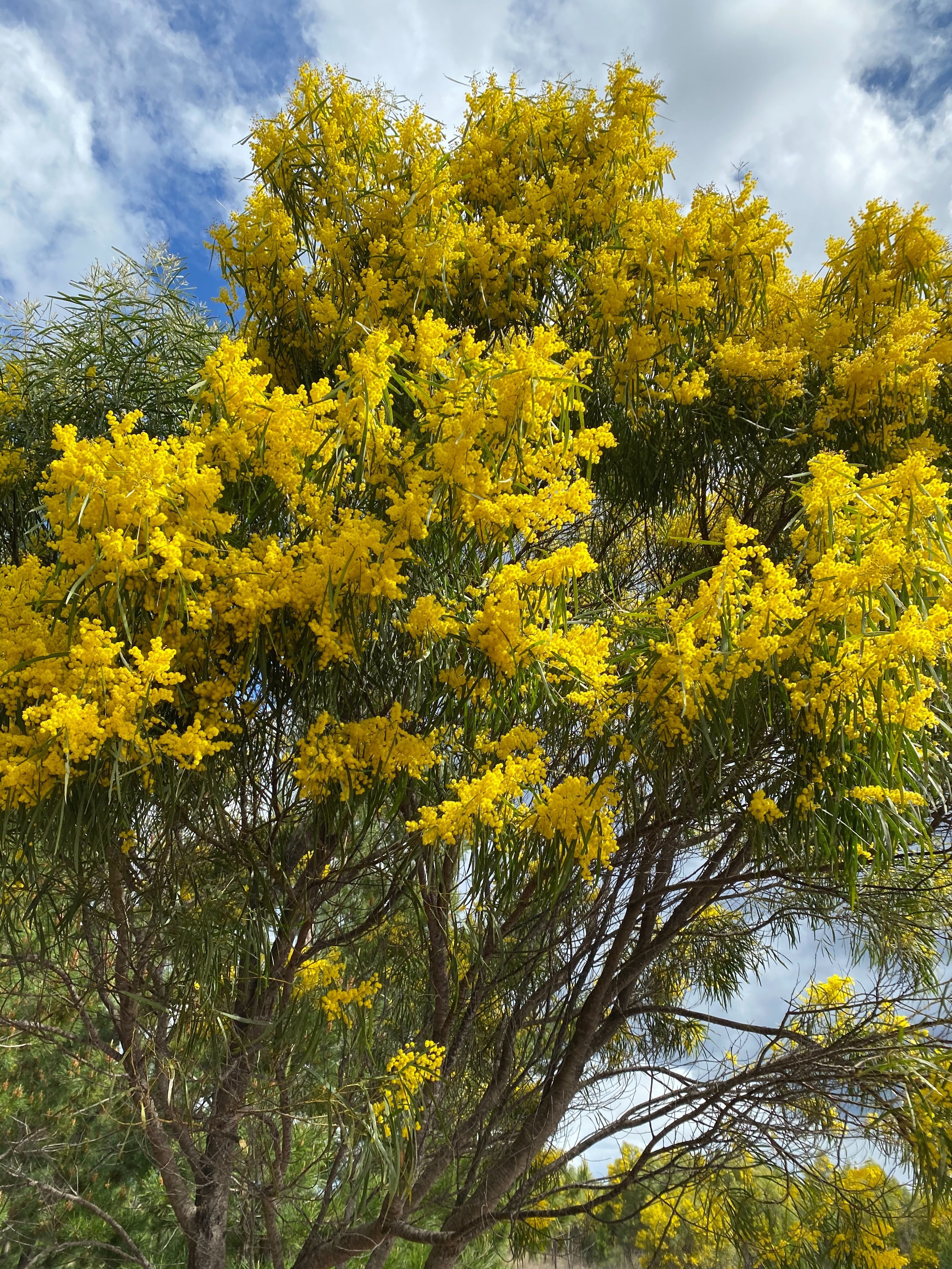
“Woodlands is my past, present and future. It's my childhood memories, the farm on which my grandparents worked and lived, the place my father grew up and my uncle spent his entire life. It's where I live and work each day to improve the land. It represents opportunities to undertake sustainable regenerative farming alongside conserving areas for native plants and animals.”
The reason locals like Yvonne are often the last to know about projects that have the potential to damage their surroundings is because Australia has a systemic problem with community rights when it comes to decisions about the environment.
Right now, the inconsistent application of community rights ensures decision-making is weighted in favour of vested interests. But we know that, when communities have a genuine say in decisions about the environment, there are better outcomes for people and nature.
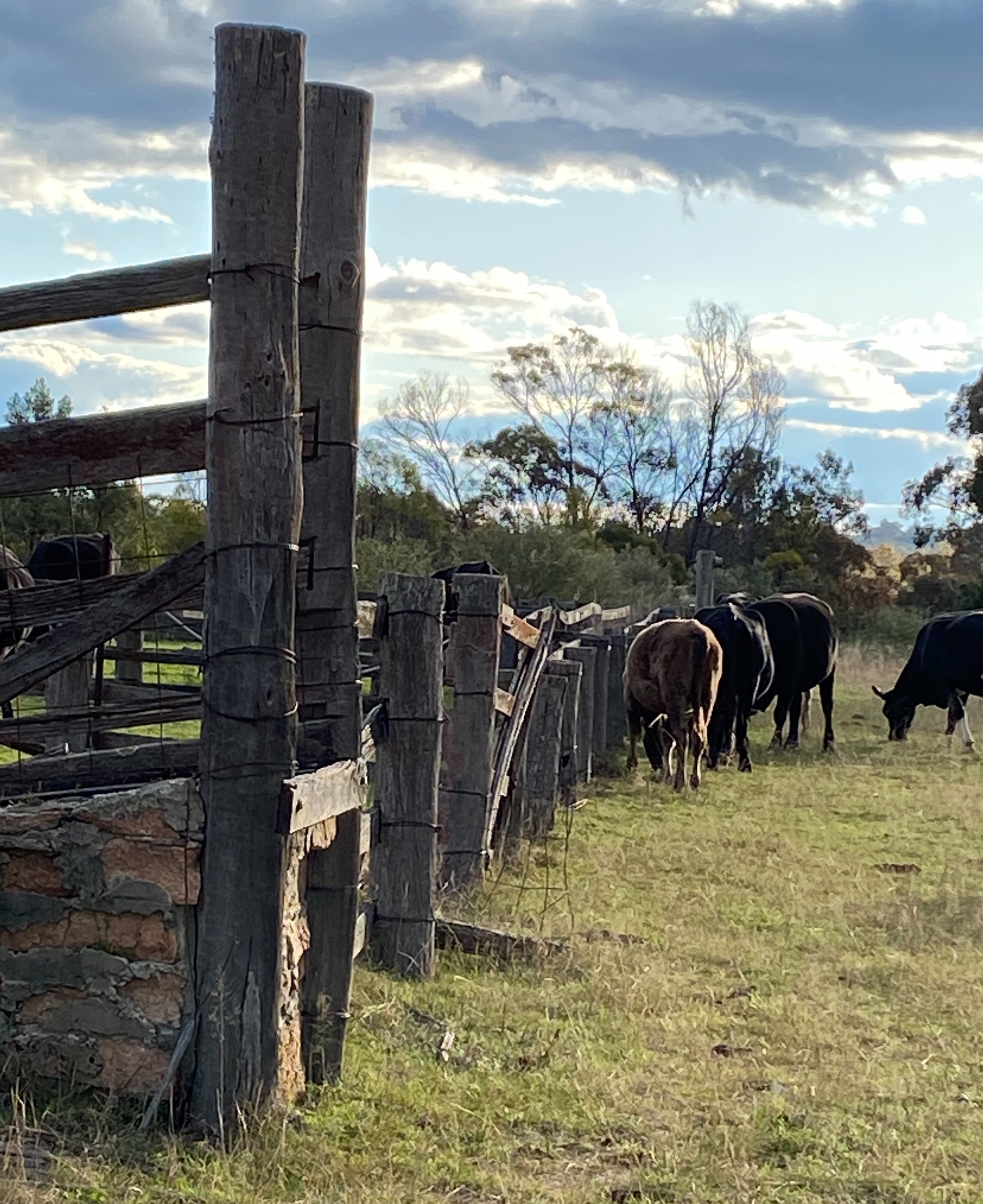
For Yvonne, the Queensland government’s decision to allow mining exploration on her property was made without consulting her or anyone in the community. She describes the experience as “frustrating”, saying her questions were “promptly dismissed” and there was “no compassion” from the department.
“The government didn’t conduct any recent environmental assessments or consult with me before granting this licence. It has been done in a very remote, clinical fashion—without even a single conversation with the landholder or any recognition of the rights of the community.”
Since 2015, Yvonne has undertaken Landcare activities on Woodlands, feral-fenced the property to protect and allow the creek to regenerate, planted trees for koalas and weeded many acres. She’s also been looking into eco-tourism opportunities, like camping and farm stays.
But all this has taken a backseat in recent times, as Yvonne pours her efforts into defending Woodlands from being mined.
“The situation has taken a huge toll on me. It has cost me valuable time and energy that I would rather spend on regenerating the creek and controlling pests and looking after the farm.”
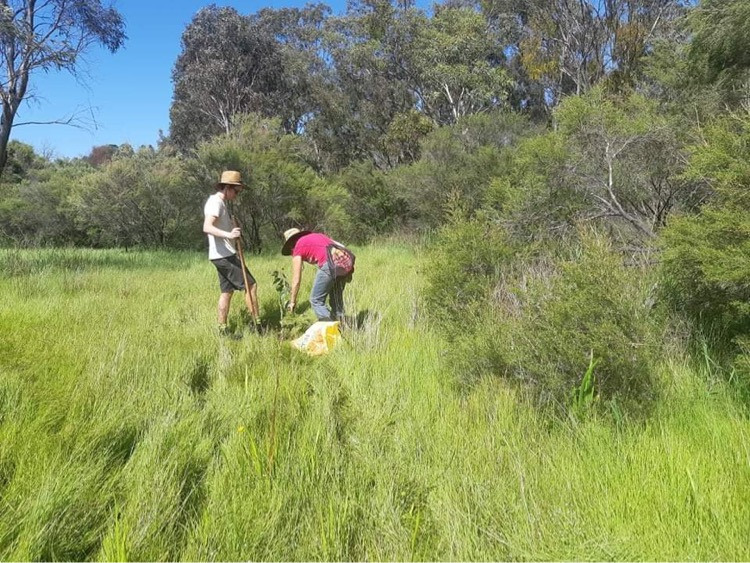
“I worry about the future of Woodlands and my capacity to defend it from the threat of mining exploration. I'm protective of this place because I take the custodial responsibility very seriously. I want to ensure that this beautiful, unique and special part of the world is preserved for the future.”
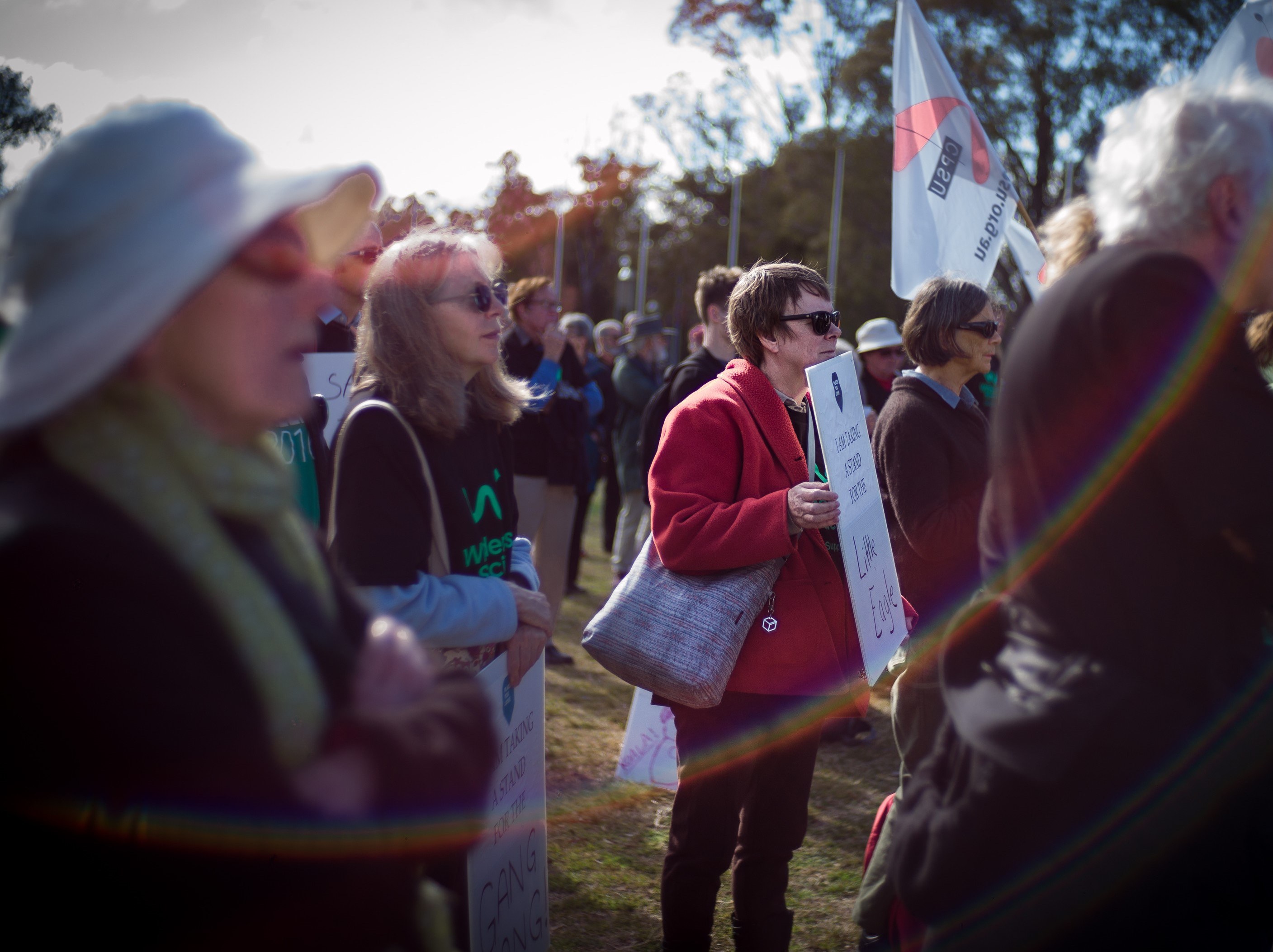
Yvonne believes it’s vital that the community has a genuine say in decisions that affect their local environment. So do we.
That's why we're calling for governments across Australia to enshrine and activate community rights in environmental decision-making.
If communities are empowered with a nationally consistent standard of community rights, we’ll see better outcomes for people and nature.
Please sign our petition today to ensure that communities have the right to transparency, meaningful participation and justice around environmental decisions.
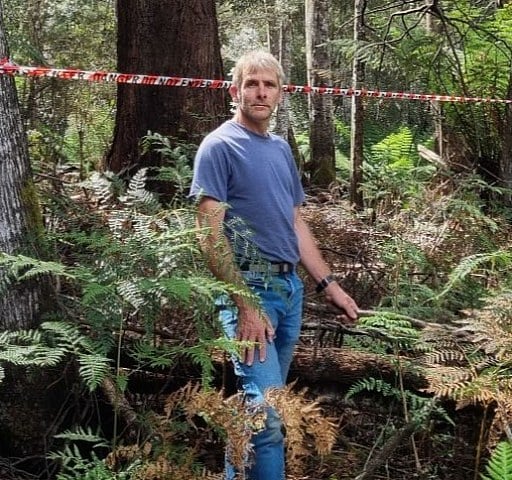
One day’s notice. That’s all Neil, whose property borders a forest in Tasmania’s Huon valley, was given before heavy machinery moved in, the sound of chainsaws rang out and wildlife began to flee for their lives.